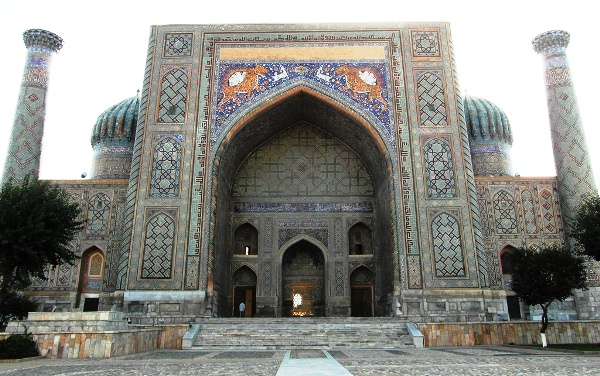
We travel not for trafficking alone,
By hotter winds our fiery hearts are fanned.
For lust of knowing what should not be known,
We take the Golden Road to Samarkand.
Ah, the Golden Road to Samarkand. If you have heard of any city on the Silk Road, it is likely Samarkand, and it is probably due to this 1913 poem by James Elroy Flecker. I honestly don’t recall when or how I first thought of Samarkand, but I expected a grand city with an ancient feel. I envisioned dusty streets lined with magnificent madrassahs and mosques, alive in color and sparkling with gold.
As I approached by taxi from Tashkent, I couldn’t help but think to myself that the road to Samarkand was not so golden anymore – it was now paved with smooth asphalt.
Indeed, arriving in Samarkand, it seemed that nothing was at it once was.
It all felt so damn new.
I walked past strips of modern shops that seemed to belong more in American suburbia than along the ancient Silk Road. A large supermarket stood on the corner across from the historic Registan. Blocks away, I encountered a McDonald’s knock-off. And the bricks of the pedestrian way leading to the Bibi-Khanym Mosque and Shah-i-Zinda, looked like they were laid yesterday. An oversize golf cart even shuttled visitors back and forth.
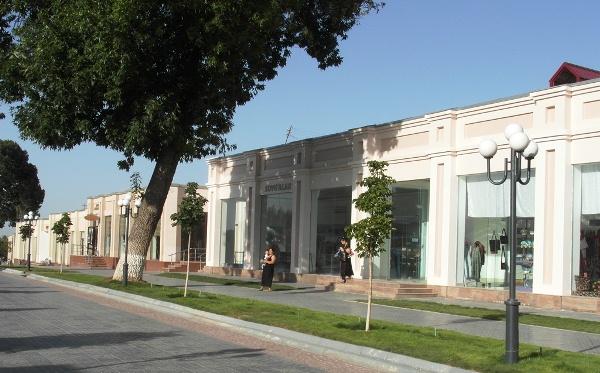
My first stop was the Registan, possibly the most well-known of Samarkand’s historic sites, dating back to the 1400s. I wanted to feel awestruck by the collection of three madrassahs that are among the oldest in the world, but instead they underwhelmed me. Maybe it was the commercialism of a ticket office and dozens of souvenir vendors inside the walls that turned me off. Maybe each madrassah was somewhat overshadowed by the others. Or maybe visiting magnificent sites like the Blue Mosque and Aya Sophia in Istanbul spoiled me; the Registan paled in comparison. Despite the size, history and exquisite blue and turquoise tile work of the madrassahs, the golden interior of the Tillya Kori Madrassah was the only thing that made me say “wow.”
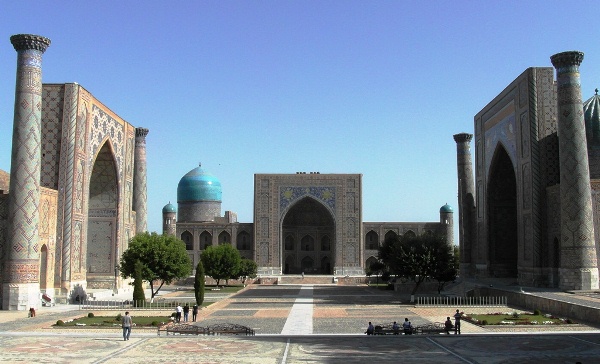
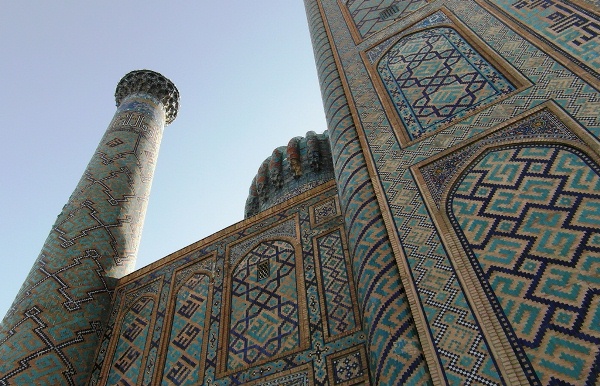
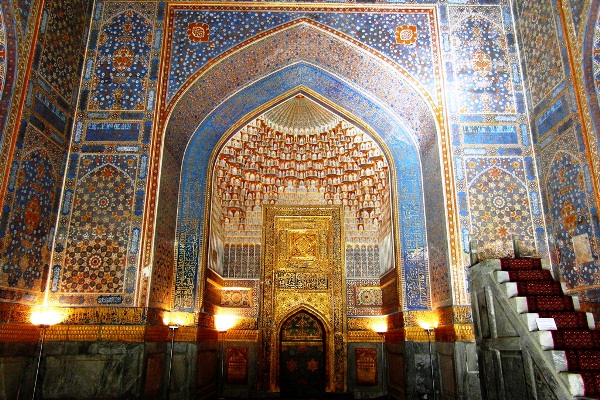
Looking for the “real” Samarkand, I decided to head to Afrosiab – ancient Samarkand. However, due to a massive map-reading failure, I ended up instead wandering around the old Jewish quarter, encountering some adorable kids eager to have their pictures taken, but nothing too historic.
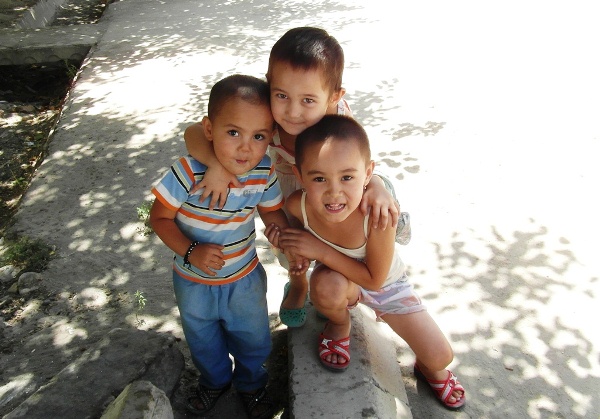
Eventually, I stumbled upon the 15th century Ishratkhana Mausoleum. Spotting the ruins of what looked like a ruined mosque from the main road immediately sparked my curiosity. As I squeezed through an opening in the surrounding fence, I noticed a man who I assumed was a caretaker. I greeted him in Russian and asked the name of the place. Not only did he tell me the name, he led me inside and started explaining things left and right. I only understood a fraction of what he said, but I enjoyed it ten times more than visiting the Registan. With only a tiny portion of the mausoleum restored, it just felt so much more…authentic.
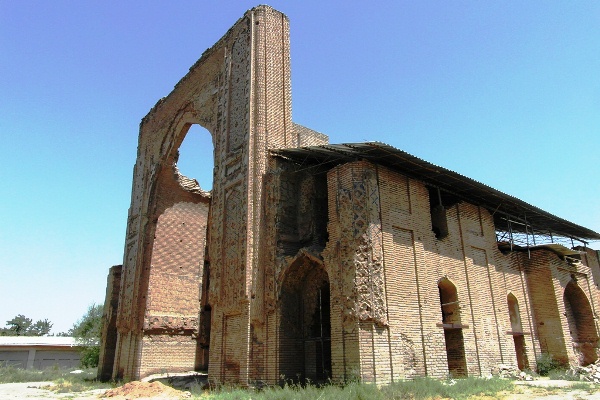
I never did make it to Afrosiab, but I found a couple other highlights in Samarkand.
Approaching the Bibi Khanym Mosque just as the sun setting behind it, the complex (including two smaller mosques) stood with magnificence. With a cupola 41 meters high, it was once one of the largest mosques in the world and seemed far more imposing than the Registan. Although it was rebuilt in the 1970s, the dirt floor and crumbling tile work of the main mosque gave the impression that it hadn’t been touched since Silk Road times.
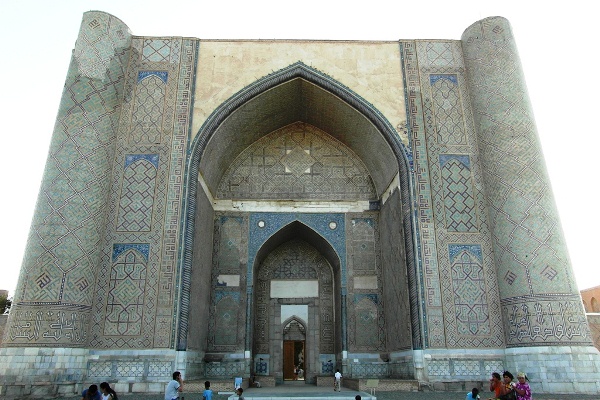
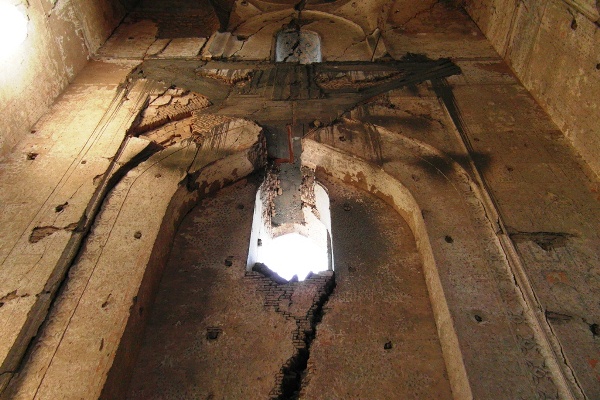
Shah-i-Zinda wasn’t initially on my list of places to visit in Samarkand, but when the receptionist at my hotel mentioned it in the same breath as the Registan, I figured I should check it out. Described as an “avenue of mausoleums,” Shah-i-Zinda was not just a single building, but a narrow street on a hill lined with a wall of tombs on either side. Intricate mosaic tiling covered the exteriors of most of the dozen or more mausoleums, often much more elaborate than anything I had seen previously. Many of the interiors were decorated as well – my favorite was probably the Shirin Beka Oko Mausoleum, built in 1385 for Timur’s sister.
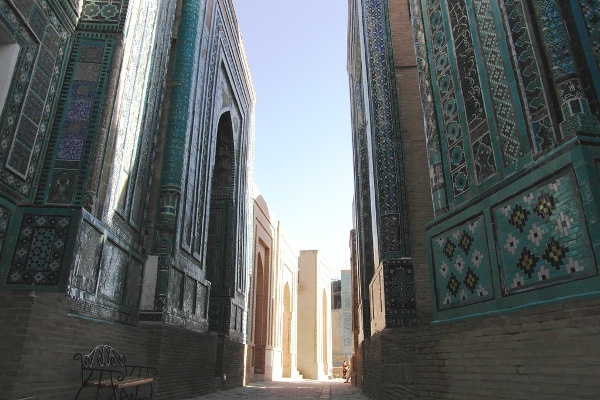
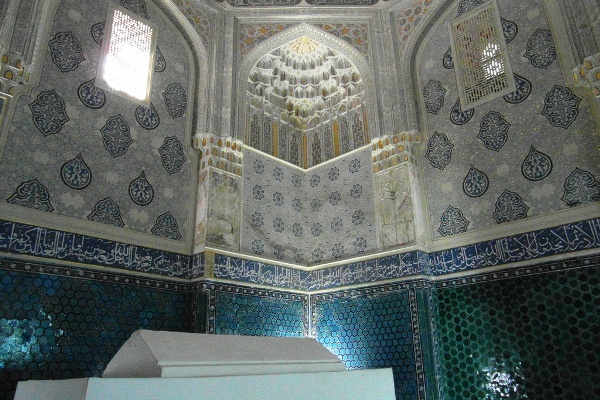
My visit to Samarkand was a hurried one. Due to a delay in getting my Kazakhstan visa in Tashkent, I was left with just a day and a half to explore the city rather than the three I had planned. Add in the fact that I spent over four hours wandering around completely lost and I likely missed a lot. At the same time, while it was a pleasant city with shady streets and a plethora of historic mosques, madrassahs and mausoleums, the overall atmosphere lacked the grandeur and magnificence that I expected.
It just didn’t feel so golden.
